Don't wanna be here? Send us removal request.
Text
History of Segregation in Austin, TX
In 1928, the city of Austin's government adopted a "Master Plan" and created a district for Blacks east of what is now interstate highway 35. Despite a Supreme Court ruling in 1917 that ruled zoning laws as illegal, Austin came up with a way to segregate the city anyways. The plan took control of property owned by Black individuals and families outside of the new designated “Negro District” and sold it to white land purchasers for pennies on the dollar.
Index:
A) Zoning Areas
B) Stand-Ins
C) Segregated Public Facilities
D) Wilhelmina Delco
E) AISD Mandatory Bussing
F) LaTisha Anderson
G) Conclusion
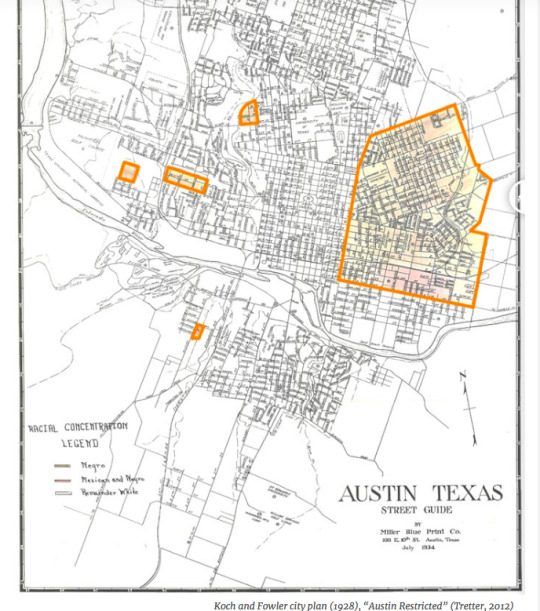
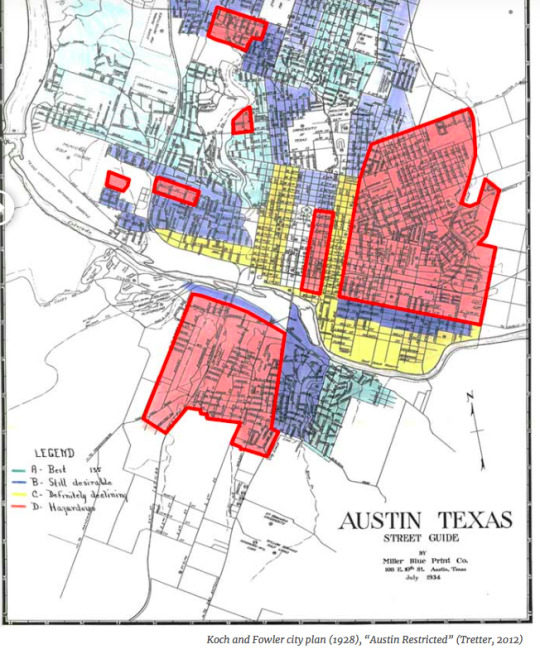
A) The City Plan legally segregated Blacks/Latinx and Whites. If Blacks or Latinx people were caught living west of what is now 35, the city would shut off the property utilities, forcing Blacks/Latinx to seek electricity and water on the east side. Also, the Home Owners Loan Corporation then deemed majority of the east side hazardous and wouldn't loan money for the purchase of these homes.
What lasting effects could not allowing Black/Latinx individuals and families from purchasing real estate have?
How has East Austin changed since?
How was the government legally able to shut off property utilities?
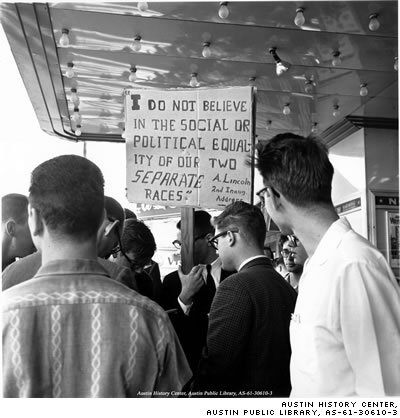
B) Segregation Stand-In at the Paramount Theatre in Austin. The protest sign reads a quote by Abraham Lincoln.
Why would they quote Abraham Lincoln?
When did Abraham Lincoln make this statement?
What are some other examples of segregation protests since?

C) Segregated Public Facilities- here is a door and sign that reads "WHITE LADIES ONLY" in the Travis County Courthouse were on the doors until 1960
What civil rights movements happened before this?
What civil rights movements happened after this?
What do you think would be most inconvenient about having to use another bathroom somewhere else? How would this affect your life?
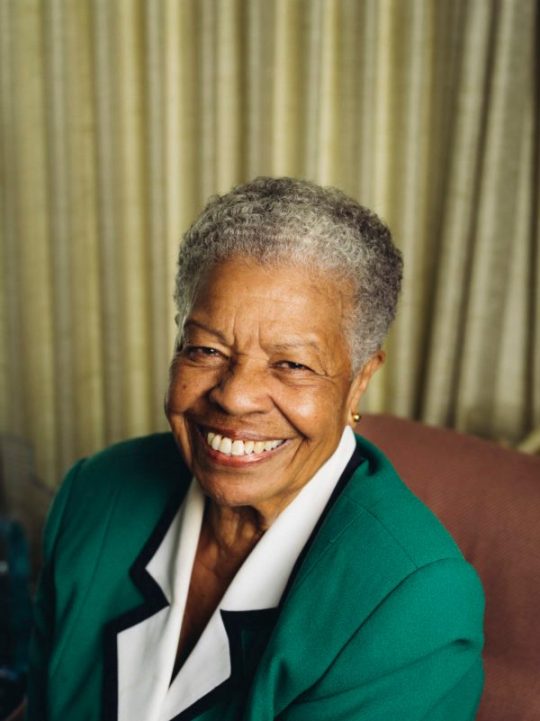
D) Wilhemina Delco was a concerned parent, ran for the Austin Independent School District Board of Trustees in 1968. She was the first elected Black individual in a public office in Austin. Delco is passionate about education and is quoted saying, "When you pigeonhole kids as dumb or smart, you cost some the opportunity to move up before they even try." She also is quoted to have a "real beef" with teachers who stereotype and with parents who don't take an active role in their student's education.
If pigeonhole means to classify into a category, what do you think Delco means by her first quote?
In what ways can students be disadvantaged by their parents not taking an active role in their education?
Do you believe that teacher stereotype their students still today?
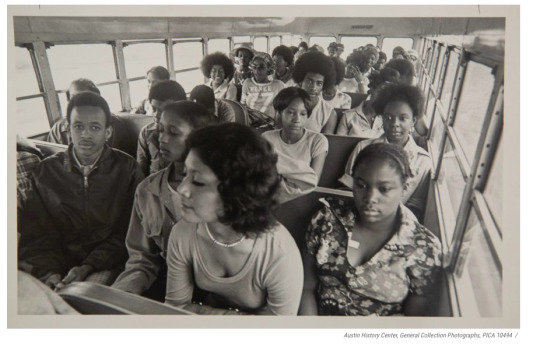
E) AISD Mandatory Busing- In the early 1970's, the Austin Independent School District was sued as non-complicit with federal rulings. AISD's answer to this problem was to close two all-black schools in East Austin and force those students to all-white schools in other parts of the city. After almost a decade of this solution, a judge decided this didn't cut it. In 1980, the district began busing both white and minority students, integrating all AISD schools.
What Supreme Court ruled that school segregation was unconstitutional and when?
How many years passed after the Supreme Court ruling before all AISD schools were integrated?
From the look of this photo, how do you think these students might have felt being bussed to schools sometimes up to 45 minutes away on a school bus?

F) LaTisha Anderson was one of the students who was bussed to school. She now represents East Austin on the AISD school board. She advocates for students in East Austin and is vocal about creating equal opportunities for all students. She's quoted saying, "When I hear we don’t want 'those kids' to go to 'our' schools, I would have to say let me correct you. Those are our schools, too, because we pay taxes for them, too.”
Who pays taxes to the school districts in Austin and how?
In what ways can schools still be legally segregated?
How does someone run for a seat on the school board and what decisions are members apart of?
TEKS:
Social Studies, Grade 4
4.21. Social studies skills. The student applies critical-thinking skills to organize and use information acquired from a variety of valid sources, including electronic technology. The student is expected to:
4.21.A. Differentiate between, locate, and use valid primary and secondary sources such as computer software; interviews; biographies; oral, print, and visual material; documents; and artifacts to acquire information about the United States and Texas.
19 Culture. The student understands the contributions of people of various racial, ethnic, and religious groups to Texas. The student is expected to:
(A) identify the similarities and differences among various racial, ethnic, and religious groups in Texas;
Assignment:
In a group of three, create a mock campaign for a position on the school board in our district.
You can use either computer based program to create presentations, posters, graphics, speeches, song, etc.
Be creative and do what works for your learning and persuasion style.
Citations:
https://austintexas.gov/sites/default/files/files/City-Council/Houston/CM_OH_1928_Op-Ed.pdf
https://projects.statesman.com/news/economic-mobility/
https://www.kut.org/education/2019-08-14/austin-failed-at-desegregation-before-that-history-influences-todays-school-closure-decisions
https://www.austinisd.org/board/members
http://www.austinlibrary.com/ahc/desegregation/index.cfm?action=decade&dc=1960s
http://www.austinlibrary.com/ahc/desegregation/index.cfm?action=decade&dc=1960s
https://www.eastsideatx.com/wilhelmina-delco/
https://www.kut.org/education/2019-08-14/austin-failed-at-desegregation-before-that-history-influences-todays-school-closure-decisions
2 notes
·
View notes